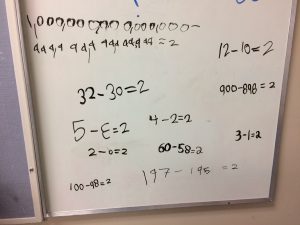This week at school:
- Home Reading– We will exchange books and count up our points on Wednesday!
- We have been reviewing the sound a as in cake spelled many ways: chanter, bébé, nez.
- Library– Thursday is our day to exchange books from the library
- Terry Fox- Remember to bring toonies for Terry or make an on-line donation! Our Terry Fox Run will be on Thursday afternoon. Students are encouraged to wear their assigned colour to support school spirit. Grade 2: YELLOW. Grade 3: GREEN.
- Orange Shirt Day- Orange Shirt Day is an opportunity for First Nations, local governments, schools and communities to come together in the spirit of reconciliation and hope for generations of children to come. It is a day to talk about the history of residential schools in Canada. Wear orange on Friday!
- We continue to learn about Canada with a focus on British Columbia and on BC Coastal First Nations
- An October calendar went home last week outlining the next Show & Tell. Students can let me know what BC native plant or animal they would like to talk to the class about in French next month.
- Photo Orders went home and are due at the end of the week.
- Yoghurt tubs- I still need lots for art this year! Thx!
We look forward to our Earth Rangers presentation tomorrow and to a great week at school:)








